A trip of a lifetime : Honeymoon in Japan
If you are looking for a cultural adventure, a foodie heaven and one of the greatest destinations of all time, then, Japan is the place to spend your honeymoon. If you are dreaming of a honeymoon to relax on the sandy beaches, then Japan should not be your honeymoon destination since you will be missing all the awe of this country (although I hear it’s home to some beautiful beaches). Japan is a beautiful country with majestic temples and shrines, gardens and national parks embedded within a millennial culture. The food is exquisite, every restaurant and street food is mouth-watering.
We went to Japan for our honeymoon in September for 3 entire weeks. (This was one of our longest vacations since we started our professional lives, crazy right?). After much reading about Japan, we decided to go to the major cities of Tokyo, Kyoto, Osaka, Nara, Kobe & Hiroshima. Along the way, I will share some pro tips in order for you not to make the same mistakes as we did. At the end of the article, you will find practical information to make your trip seamless.
Are you ready to see what makes Japan one of the best honeymoon destinations?
Before getting into the itinerary, there are a few things to keep in mind for honeymooners.
Honeymoon don’ts
No public affection
Japanese culture has countless written and unwritten rules, for example, you cannot eat on the train or in public spaces, and you can only smoke in designated areas. For honeymooners, showing physical affection (PDA) is deeply forbidden. If you were looking to kiss, hug, hold hands and show the world your newly professed love to one another, then you better think twice (or do it when no one is around). In Japan, keep your hands in your pockets - or to your camera, you won’t want to miss a snapshot.
Futon beds
For westerners, if you are staying in an Airbnb be sure that the room has a real western bed. If not, you will most probably end up sleeping in an uncomfortable futon mattress (mattress on the floor). This happened to us in Tokyo as we had to sleep 7 nights on a very thin futon that you could fold and unfold, very uncomfortable, especially for honeymooners… you have been warned.
Honeymoon dos
Splurge in a Michelin-starred restaurant
To celebrate your new union, nothing can be more memorable than to dine at a Michelin-starred restaurant. After all, you will only celebrate your honeymoon once (or at least you hope so). Japan is a foodie heaven and abounds with high-end restaurants that will make your taste buds explode. Tokyo holds the world record for the most Michelin-starred restaurants within a city, it has 60 restaurants to choose from. Being the culinary capital of the world, you have plenty of options to dine. This could be a good way to kickstart your trip and to highlight the Tokyo honeymoon section.
If dining at a Michelin-starred restaurant is out of your budget (although some are affordable), look for the Bib Gourmand category. This denomination is given to eateries that offer “quality food at affordable prices”.
Ryokan
Staying in a Japanese ryokan is probably the best experience that you can have in Japan!
A ryokan is a traditional Japanese inn. They are mostly concentrated around the Kyoto area, in the Japanese Alps and by the coast. These traditional hotels date back to the Edo period (the middle ages that spanned from 1603 to 1868) where they served travellers and Samurais along the Japanese highway.
What makes a ryokan special is that they are in traditional Japanese houses and most of the time they are family-owned and are passed from generation to generation and they only have a handful of rooms. These inns are a perfect example of Japanese hospitality. Most of the ryokans have private onsens (hot spring baths) which add to the experience.
The guest rooms are simply decorated and you sleep on tatami matted floors in futon beds. These are very comfortable since they are thick and your comfort is one of the hotel's priorities. Upon your arrival, the host will give you indoor slippers and in the room, they will provide you with a “yukata” (summer kimono made of cotton).
We stayed one night at the Hiiragiya Ryokan in Kyoto and took a full-board package where breakfast and dinner were included. Since it was our honeymoon they arranged the meals in the room for us and served the plates in celebratory china to highlight the occasion. The staff makes your beds and puts a little table with two chairs without legs. They usually serve local food showcasing the local specialty. Most traditional ryokans serve Kaiseki Japanese cuisine which is a multi-course meticulously prepared and beautifully presented. The breakfasts were also served in the Kaiseki fashion.
Sleeping in a Ryokan can be expensive but it is worth every penny! Just thinking about our experience, makes me want to go back to Japan. This was probably the romantic honeymoon hotel we had on our trip.
Are you ready to explore Japan with me?
The perfect Japan honeymoon itinerary
Tokyo
We decided to start our trip in Tokyo and spend 7 days in the capital city. This allowed us to settle into the jet lag and experience the city a little further. The Japanese capital is one of the world's biggest and busiest cities in the world. The city perfectly blends history with modernism. From grand temples, and Zen gardens to the busy Shibuya crossing to futuristic skyscrapers like the Tokyo Skytree, Tokyo has it all. The city is also known for its Disney and Universal Studios Japan.
The Japanese capital doesn’t lack things to do. Here are the most popular tourist attractions: Meiji Shrine, Harajuku Takeshita Street, Akihabara Electric Town, Odaiba Island, Asakusa and Senso-ji Temple, Roppongi Hills and go for a drink at one of the Izakayas in Golden Gai.
Maybe a fun activity to get the lay of the land would be to do a tour or one of the numerous food tours.
To read the full things to do in, go read my 7-day Tokyo itinerary guide.
Skyline of Tokyo. Photo credit by Unsplash
Day trips from Tokyo
There are several day trips available from Tokyo. We did 3 in total, Hakone, Kamakura and Kawagoe. You can also read about these city breaks in my Tokyo post.
Hakone
Renowned for its numerous onsen, beautiful mountain views and parks, this little mountain resort town is a great romantic spot. The mountain town is known to be a couple's getaway for Tokyoites as it offers outdoor and artsy activities and of course countless onsen (hot springs).
The iconic red torii gates across Ashi Lake with Mount Fuji at the back is the highlight attraction. Other activities include a panoramic ropeway to enjoy the view from above. There is plenty of onsens scattered through the mountain, perfect to relax after all the walking. Hakone is the perfect couple city break from Tokyo and can be visited as a day trip from the capital.
Pro tip: if you have large tattoos, don’t even try to get in an onsen. There is a strict Japanese etiquette rule where tattoos are forbidden in the onsens, even if you are non-Japanese. If you have small tattoos, you will need to cover them, with a bandage that you can buy on-site (we saw them available at two places). This tradition dates back to the Edo period and it is a stand against the Yakuza, the Japanese mafia.
Kyoto
Your next stop on this 15-day Japan itinerary is Kyoto, you will be arriving at the Kyoto station should you be travelling by train.
After Tokyo, we decided to spend 4 days in the historical former imperial capital. We spent 1 night in a traditional Japanese ryokan and 2 nights in an Airbnb. However, if you have the budget, I would suggest staying at more honeymoon hotels to make your experiences better.
The former imperial capital of Japan offers a few romantic places. The ancient city is a delight for the history buff and has the perfect mix of urbanization and nature. A very traditional city, you can still see Geishas and people walking in their traditional kimonos.
Did you know that Kyoto literally means “capital city”? The city has more than 2,000 sacred temples and shrines including 17 UNESCO World Heritage Sites. Perhaps the most well-known temple is the Kinkakuji (Golden Pavilion), the beautiful temple is completely covered in gold leaf. It is believed that the ashes of Sakyamuni (the founder of Buddhism) are stored inside. The Kiyomizu-dera temple which is part of the Historic Monuments of Ancient Kyoto UNESCO World Heritage site has the Jishu Shrine which is dedicated to the deity of love. So go and give it a visit to make sure your love is blessed by the deity of love. Another must-do is the Nijo Castle.
The other landmark of the city is the bamboo forest in Arayashima. Personally, I felt that the forest was a little small and it was packed with people. Do walk along the banks of the Kamogawa River and enjoy the scenery with the mountains as a backdrop.
To take a break from all the historical sites, wander in the Gion entertainment district which is full of restaurants and coffee shops, this is also the district of the geishas. The Nishiki Market (Nishiki Ichiba) has more than 100 different shops with plenty of restaurants and Izakaya.
Of course, Fushimi Inari Shrine (Fushimi Inari Taisha) needs to be on your list! The entrance of the shrine has thousands of torii gates that climb up the many mountain paths for spectacular views. The entrance to the place is free. The base of the mountain is very packed with tourists but as you go up you will see that there are fewer and fewer people, so get ready to climb to the top, it is worth your effort! It takes around 3 hours to go up and down.
A recommended activity for honeymooners is to do a tea ceremony at a tea house but we decided to opt out of this one since the hubby is not a fan of tea.
Pro tip: There is an entrance fee to most of the sightseeing and when summed up, it can be quite expensive so do budget well or carefully choose which places you want to visit.
Where to eat in Kyoto?
We eat at Yamamoto Menzo, a Michelin bib restaurant known for its delicious udon. There is always a line but is definitely worth the wait.
Next to our Airbnb, we discovered a little restaurant called Washoku Shiki (a bib gourmand). The chef (and owner of the restaurant) was extremely friendly and was surprised that tourists went to eat his cuisine. We had a great time chatting with him and his wife through an app that translates Japanese to English.
Osaka
Osaka is the second-largest city in Japan and it is full of things to do and eat. We stayed 3 days in Osaka in a rented apartment. If you have less time to do your Japan itinerary, you can choose to spend only 1 day in Osaka.
Must-eat dishes in Osaka
Osaka is often nicknamed as the “Nation’s Kitchen” so prepare your belly, you will want to eat everything! The food specialties in the city are often more greasy than the other Japanese food. Here is a list of the top 3 dishes from the city:
Takoyaki: Perhaps the most well-known dish is the Takoyaki, a fried round mixture of batter, octopus, ginger, and usually some vegetables and spices. The recommended places to eat them are on the food stands on the streets of Dotonbori.
Okonomiyaki: This plate is a sort of Japanese pancake. However, it is not sweet, it is savoury and it is made with flour, egg, cabbage, a selection of other vegetables, and meat topped with mayonnaise, bonito flakes and a brown sauce.
Kushikatsu: Another, hearty and fried dish, Kushikatsu is vegetables and meat fried on a stick. There are countless combinations available.
Things to do in Osaka
Osaka is a very lively city and has plenty of things to do. Kuromon Ichiba Market is a public market where most of the chefs go buy their food, this is a good place to stop and eat. After you can head to Osaka Castle, which is one of the most recognizable landmarks, you can either go in or just enjoy walking in the beautiful gardens. The Dotonbori area is the heart of the city with its sea of neon lights as its main landmark. The area is known for its nightlife and entertainment, a must-go to visit this vibrant city.
Osaka, like the other cities, abounds with temples, shrines and museums. We decided to visit Osaka International Peace Center, a WWII museum which talks about the hard times the Japanese endured during the American raids and the American control after WWII. The museum oddly enough only translated some text, which often omitted the Japanese invasion of the other Asian countries.
Yamazaki distillery
If you are a whisky lover then this is the perfect day trip from either Osaka or Kyoto. Hop on the train, enjoy the scenery and get your taste buds ready.
The award-winning Suntory whisky is in the picturesque base of Mount Tenno. The location gives one of the main and most important ingredients, the pristine water that filters through the bamboo forests. You can either take a paying tour (you need to reserve in advance) through the facilities with a tasting at the end or you can go through directly to the bar. Next to the bar, there is a small museum that talks about the history of Japanese whisky. In the distillery, you will be able to taste exclusive whisky that is only sold there.
The Suntory Yamazaki Distillery is about a ten-minute walk from the JR Yamazaki or Hankyu Oyamazaki stations.
Nara
Nara was the first permanent capital of Japan in the 700s AD. This gorgeous town is known for its countless Unesco World Heritage sites and of course the deer. In Nara Park, there are more than a thousand deer roaming free, this is also the reason why it is also called the Nara deer park. This is definitely the highlight of the city. Heads up, bring treats as they are always hungry!
The legend says that the god Takemikazuchi arrived in Nara on a white deer, to protect the newly established capital. Since then, the deer have been regarded as a messenger of god and a divine creature. One of the most beautiful temples in the town is the Todaiji Temple with its bigger-than-life sculptures. The other main attractions are Heijo Palace Site and Kasuga Taisha Shrine, adorned with thousands of hanging lanterns, which provide a mystical ambiance, especially during the lantern festivals. If you are a history buff, this might be one of your favourite stops and you might want to stay a little longer.
We stayed in this town for 1 night in a rented house. We had the best host that we could ask for, a retiree Japanese man who would take care of you as if you were part of his family.
Kobe
The only reason why we decided to make Kobe part of our itinerary is to taste, the famous Kobe beef! To eat the best steak of your life go to Steak Aoyama on Tor Road. This family-owned restaurant has a homey atmosphere and prepares in front of you Wagyu beef (the type of beef used for Kobe beef) that will melt in your mouth. This can be the perfect restaurant for you to enjoy as a couple.
Kobe is one of the largest ports in Japan. To get a view of the city and catch the sunset, take the Shin-Kobe ropeway.
Celebrate with sake!
While in Kobe, you need to visit the Nada Sake District. The district holds one of the country's best sake-producing regions. The district spans approximately three kilometres east to west so there is plenty of sake for you to taste. The region’s weather, rice quality and water allow for the production of the best type of Sake. While you are hopping from brewery to brewery do take the time to visit the museums and to take a tour so you can understand the making process and which sake to choose, you will see that there are plenty of types. You can even have sparkling sake to celebrate your honeymoon!
To get to the district with the JR pass you need to get down at the Sumiyoshi Station.
Pro tip: Osaka, Nara, Kyoto, and Kobe are EXTREMELY close! We made the mistake of sleeping in each of these cities which resulted in too many moving. Some of these towns can be easily converted into day trips which will make your trip much more enjoyable.
Hiroshima
The atomic bomb in 1945 will forever mark the history of the city. One of the first things you should do in Hiroshima is go to the Atomic Bomb Dome. The dome is the only standing remaining building after the blast as it was just a few meters away from the hypo-center. After, take a walk through the Peace Memorial Park and the Peace Memorial Museum. Be sure not to miss the Cenotaph and the Children's Peace Memorial. This can be a heavy day full of tragic history but the city has recovered greatly and is brightly directed towards a peaceful future.
Hiroshima is a very different city from the others in this itinerary, it felt modern and calm.
The city has many things to do. One of the main attractions is the Hiroshima Castle. The reconstructed castle provides panoramic views of the city, and its grounds are especially beautiful during cherry blossoms. Shukkeien Garden is a traditional Japanese garden with ponds, bridges, and teahouses. It's a peaceful retreat in the heart of the city.
Hiroshima's signature dish, is Okonomimura, a savoury pancake.
If you like contemporary art, you should visit, the Hiroshima City Museum of Contemporary Art. The museum showcases contemporary Japanese and international works. Lastly, the Hiroshima Orizuru Tower offers panoramic views of the city and fold origami cranes, which also serve as a symbol of hope and peace.
Miyajima
Miyajima island is located just outside Hiroshima and is the perfect day trip from the city. The island is famous for its torii gate that floats on the water at high tide with mountains on the backdrop. The scenery is one of the most romantic spots in Japan. Visit the temples and the many gardens and then climb Mount Misen for stunning views from above and beautiful nature. Be careful, there are poisonous snakes on the mountain.
While on the island, don’t forget to try the oysters, it’s the local specialty.
The ferry to the island is included in your JR Pass.
Pro tip: On the day of our return trip to Montreal, we left Hiroshima and took the tramway and then 4 trains (due to our schedule we could not take the bullet train) to get back to Narita Airport in Tokyo. If you are leaving from the same city where you arrived, I would highly recommend going back 1 day earlier to avoid a crazy commute.
Japan is a beautiful destination for honeymooners and it will definitely be a trip of a lifetime! On our part, we have been wanting to go back to Japan ever since. We have decided that it will be our 5-year anniversary vacation.
Practical information
Pro tip: Planning your honeymoon in Japan can take some time, so I would suggest not leaving directly after the wedding. This way you can concentrate on planning the wedding and planning your honeymoon.
Getting to Japan
Japan has many international airports. If you choose to do this exact itinerary, you will be arriving at Narita International Airport (NRT), from there you can take the train, and you will most likely be transiting through the busy Tokyo station. The Kansai International Airport can also be a good option to arrive in the archipelagic country.
Getting around
If you are planning to tour the country, you should get a Japan Rail Pass also called JR Pass. Japan's rail system is hyper-developed, with its Shinkansen (bullet trains), metro and train system. If you are planning to go to different cities, it is the cheapest and easiest way to travel. There are several multi-day package options, get the pass that fits your stay better.
When you are ordering it, you will think it is a bit pricey but it is totally worth your money. The JR blends seamlessly with parts of the metro system of Tokyo & Osaka so you might not need to buy a subway card for these cities if you are a JR pass holder.
You can only get the JR pass outside Japan and it takes a few weeks to arrive so be sure to plan ahead. Also, you need to activate your pass at the airport (or other designated points) upon arrival. When you receive the passes, they will come with a little explanation on how to activate and use them.
I would highly recommend not to rent a car. The public transport works very well and you can easily get in and out of the cities and move within the city without any problems.
When to go?
If you want to do your honeymoon in Japan, choose the best time to travel and also one that fits you! Contrary to popular belief, you don’t need to go on your honeymoon the dayafter your wedding. In fact, we did ours 3 months later.
Japan's rainy season starts in early summer, between May and July, depending on the region. The summers come with a lot of heat and humidity. Fall is highlighted by the colourful fall foliage and spring with the beautiful cherry blossom season. Be aware that the cherry blossom season is peak season. the prices are high and it will be very crowded with national and international travellers.
The typhoon season in Japan runs from May through October, with most activity from July to September. We went at the end of summer and the beginning of fall and it was raining ALLL the time. Quite frankly, the worst time ever to visit, it rained almost every day! In all our couple pictures, we have an umbrella in hand, probably not our best honeymoon picture.
Also, Japanese culture is very season-conscious and the seasons will dictate some of the activities and type of food you eat. We got to try some of the fall harvests as purple potatoes, which are delicious! So check the different festivals to match them with your arrival.
Currency
The currency is the Japanese yen, you can recognize it by the symbol: ¥; and the code: JPY; also abbreviated as JP¥. The Yen can be easily found abroad at the currency exchange office since it’s the third most traded currency. Japan is mostly a cash-based society so you will have to bring lots of cash. Credit cards and debits are not exhaustively accepted in stores and restaurants.
power
The voltage in Japan is 100 Volt. Japanese electrical plugs and outlets are similar to North American ones and you will not need adapters if you are coming from North America.
Do you like the content? Why not help me by buying me a virtual cup of tea?
PIN IT FOR LATER!


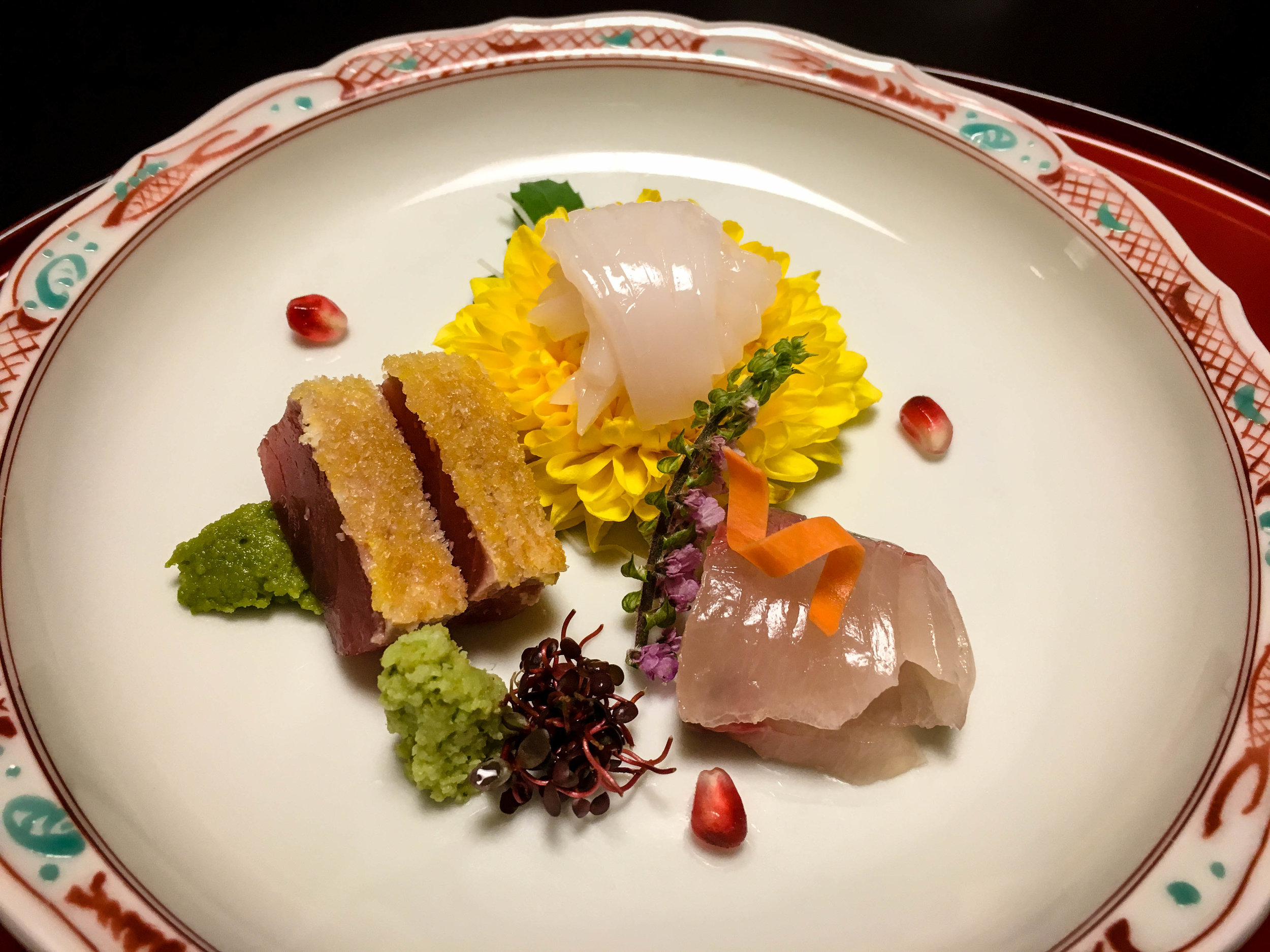
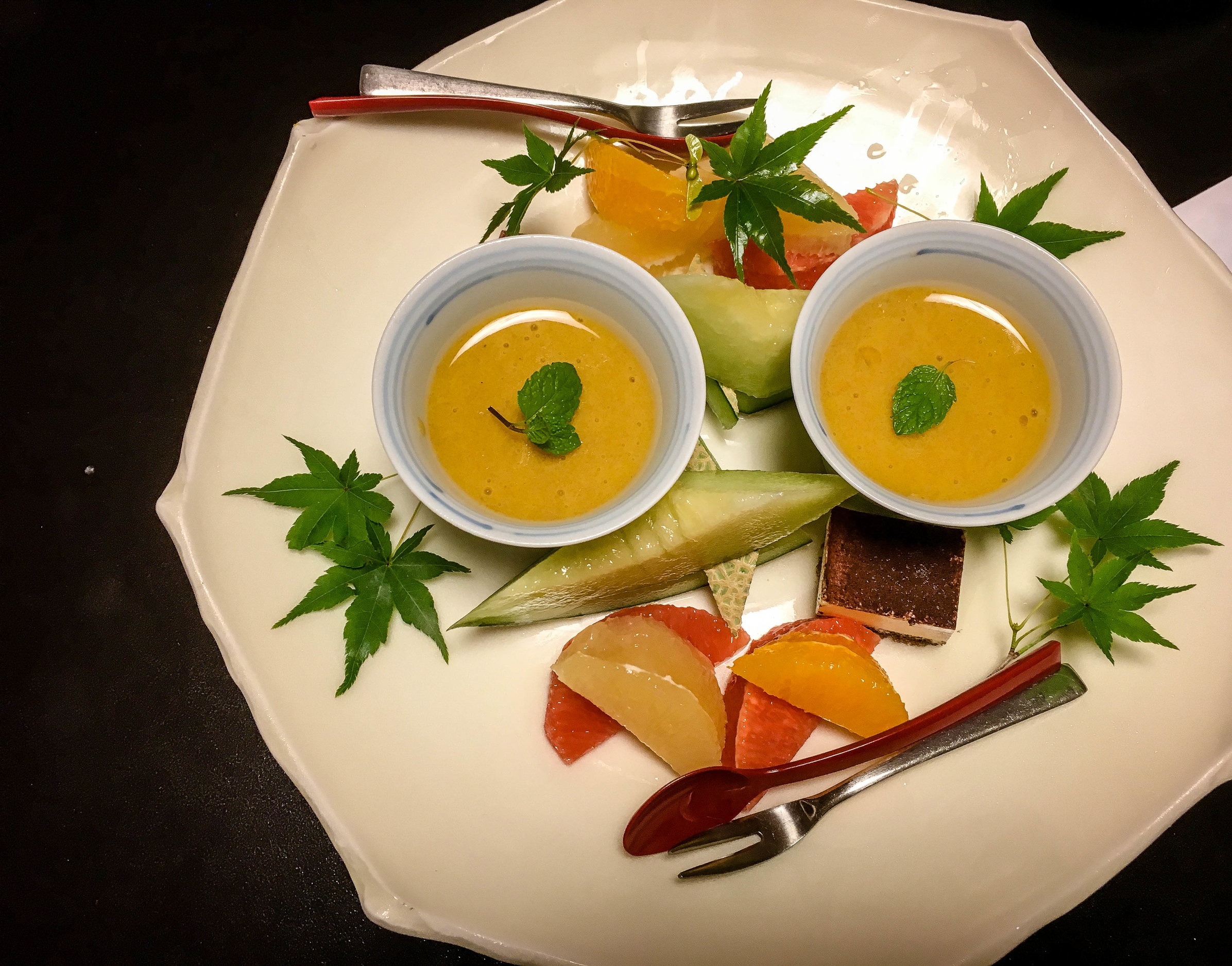
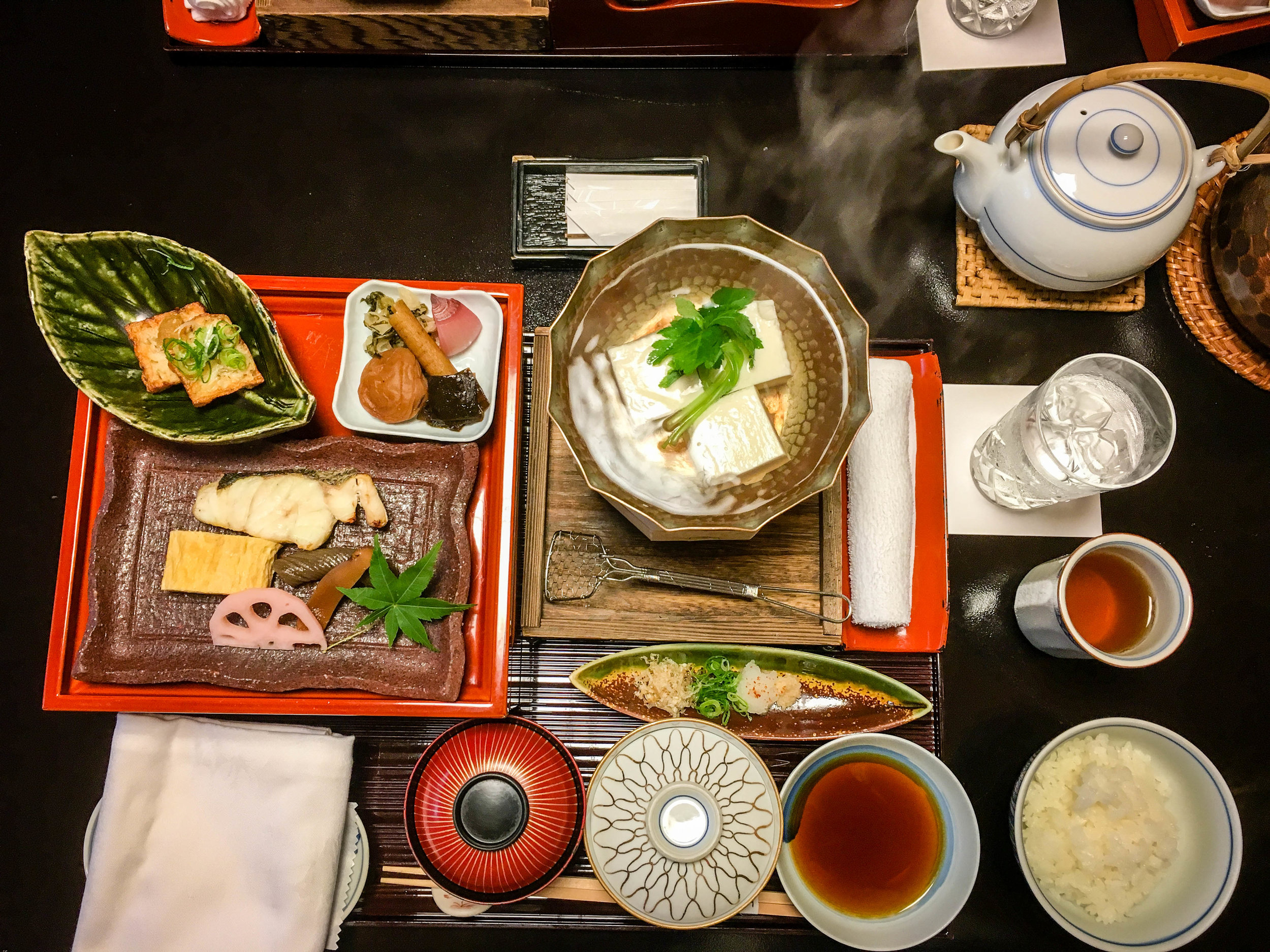



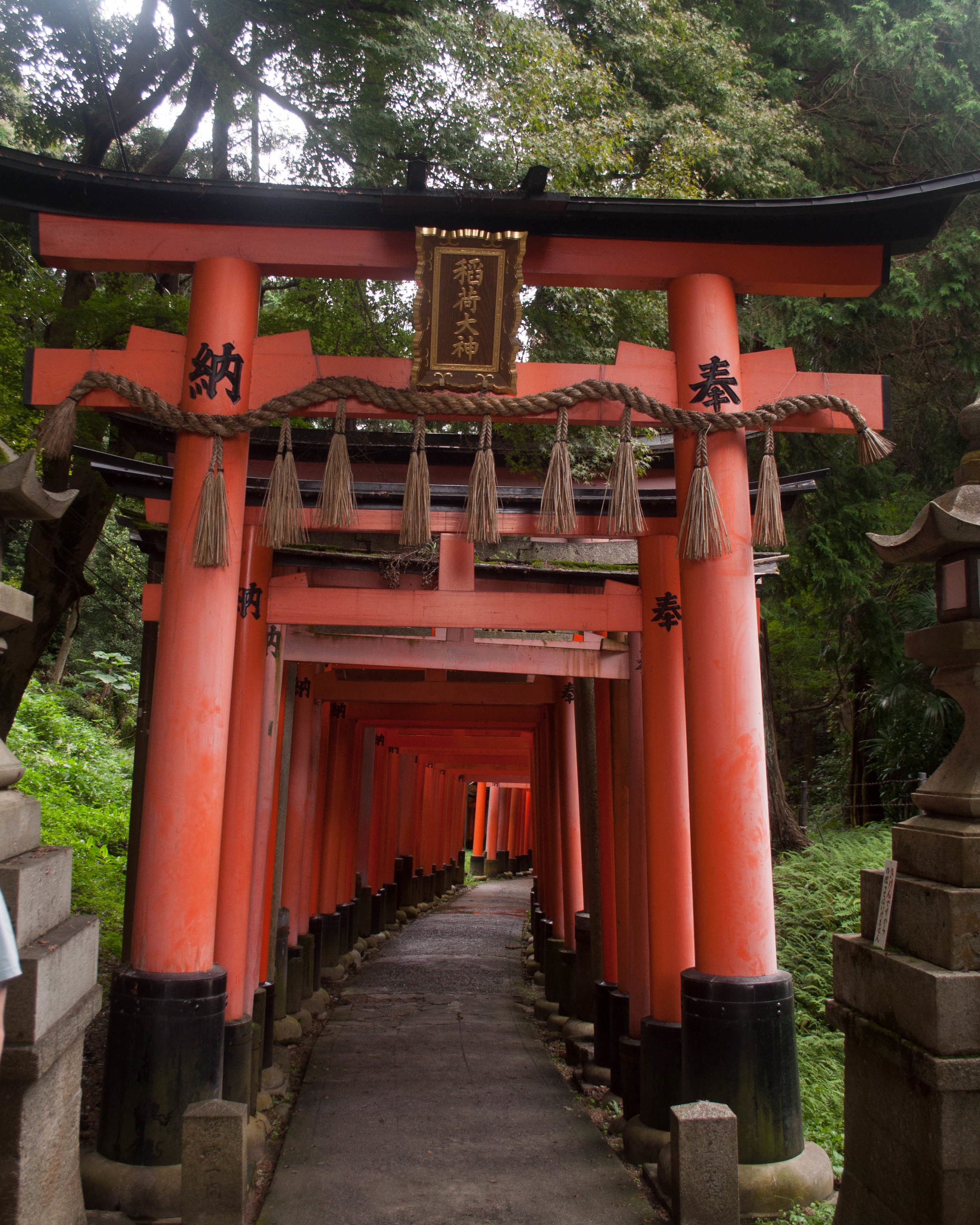
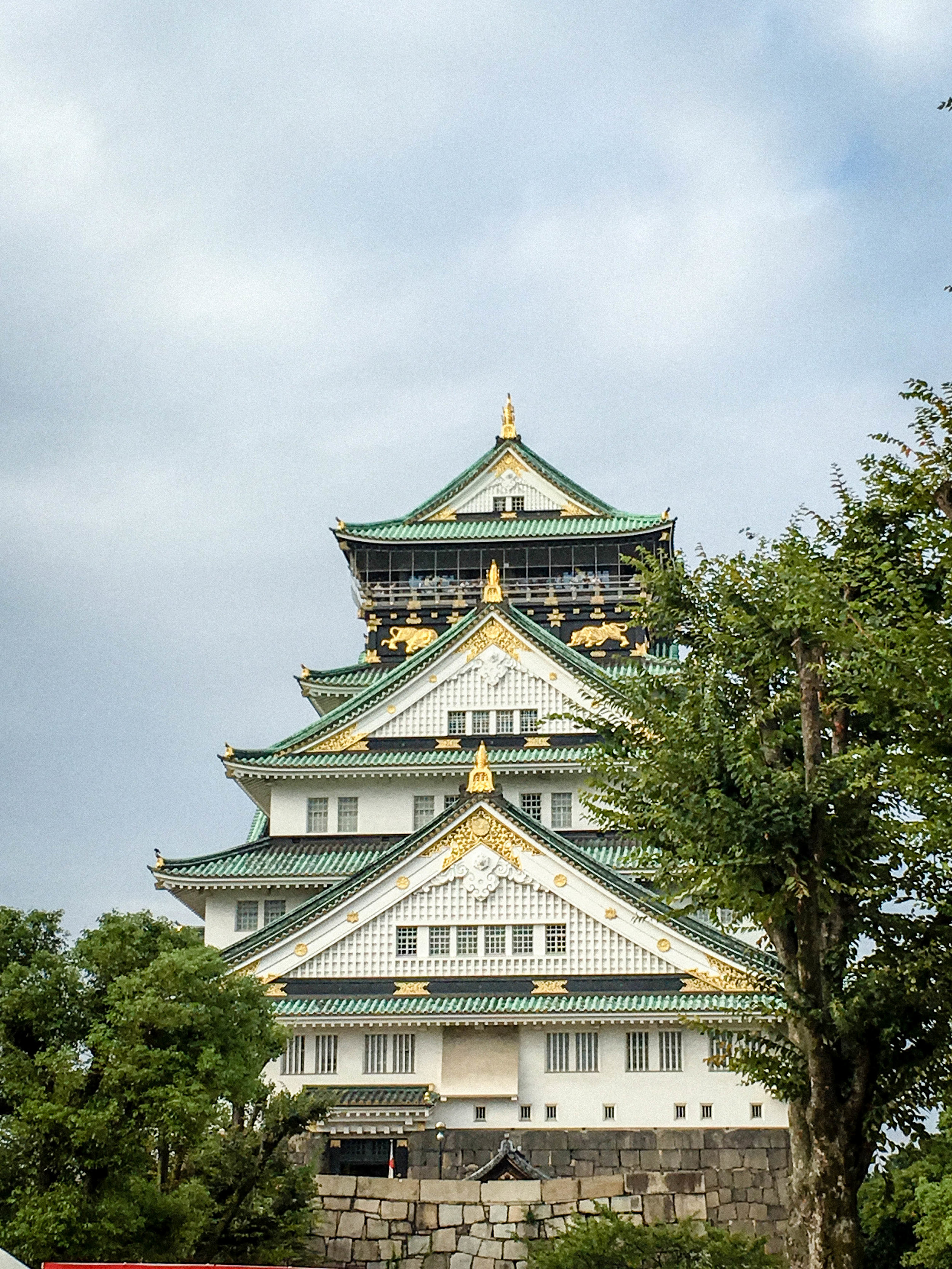

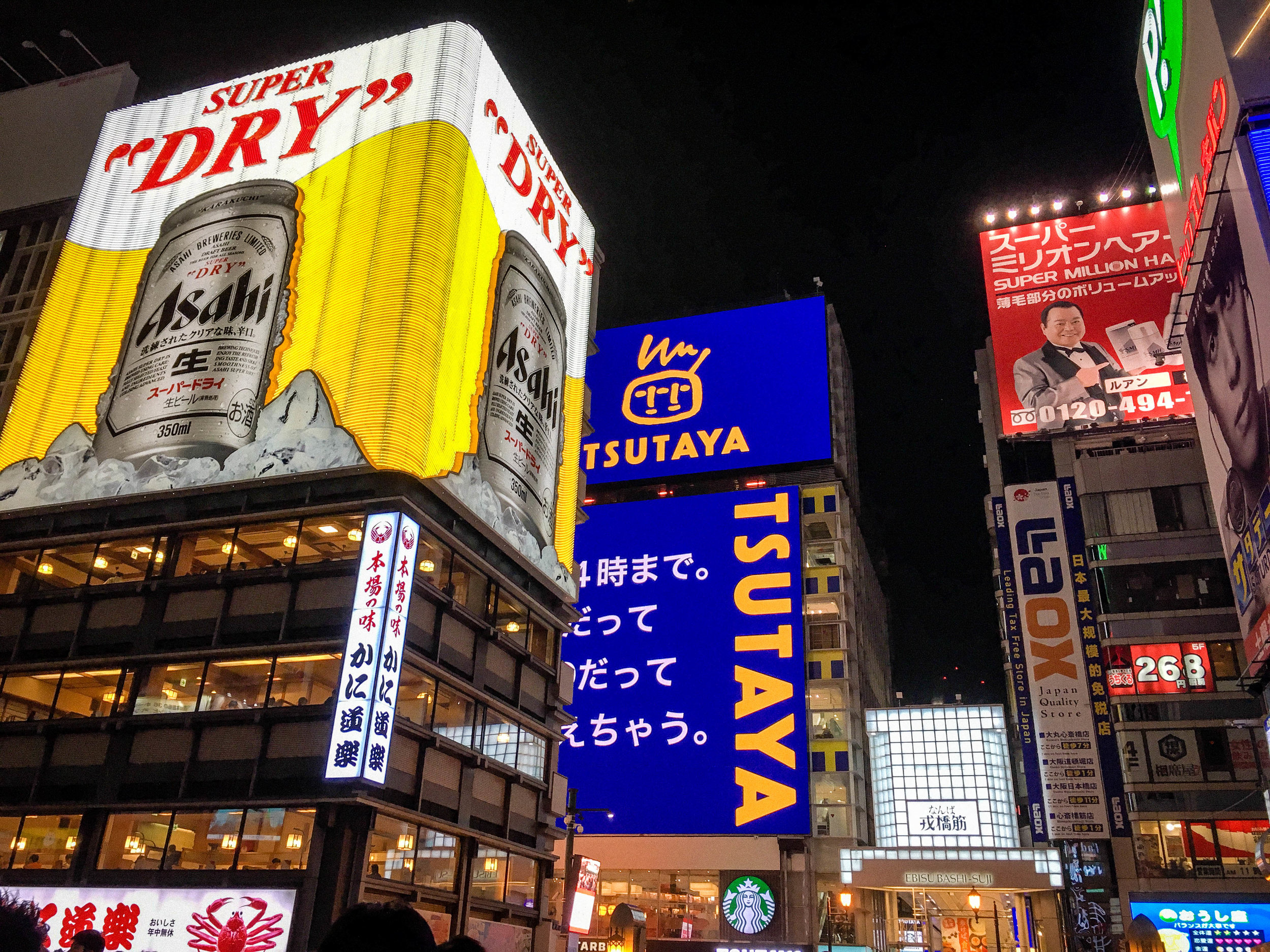
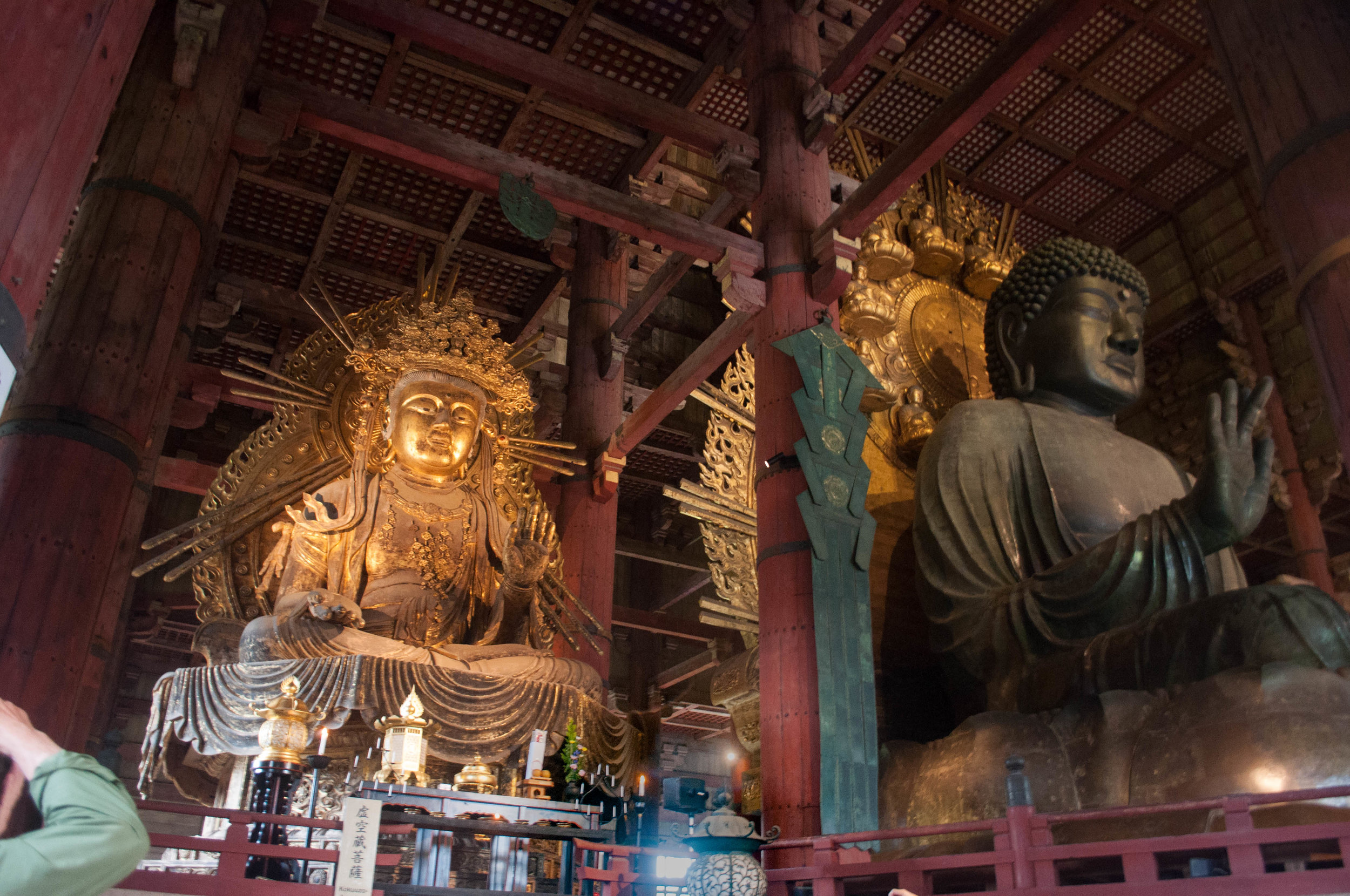
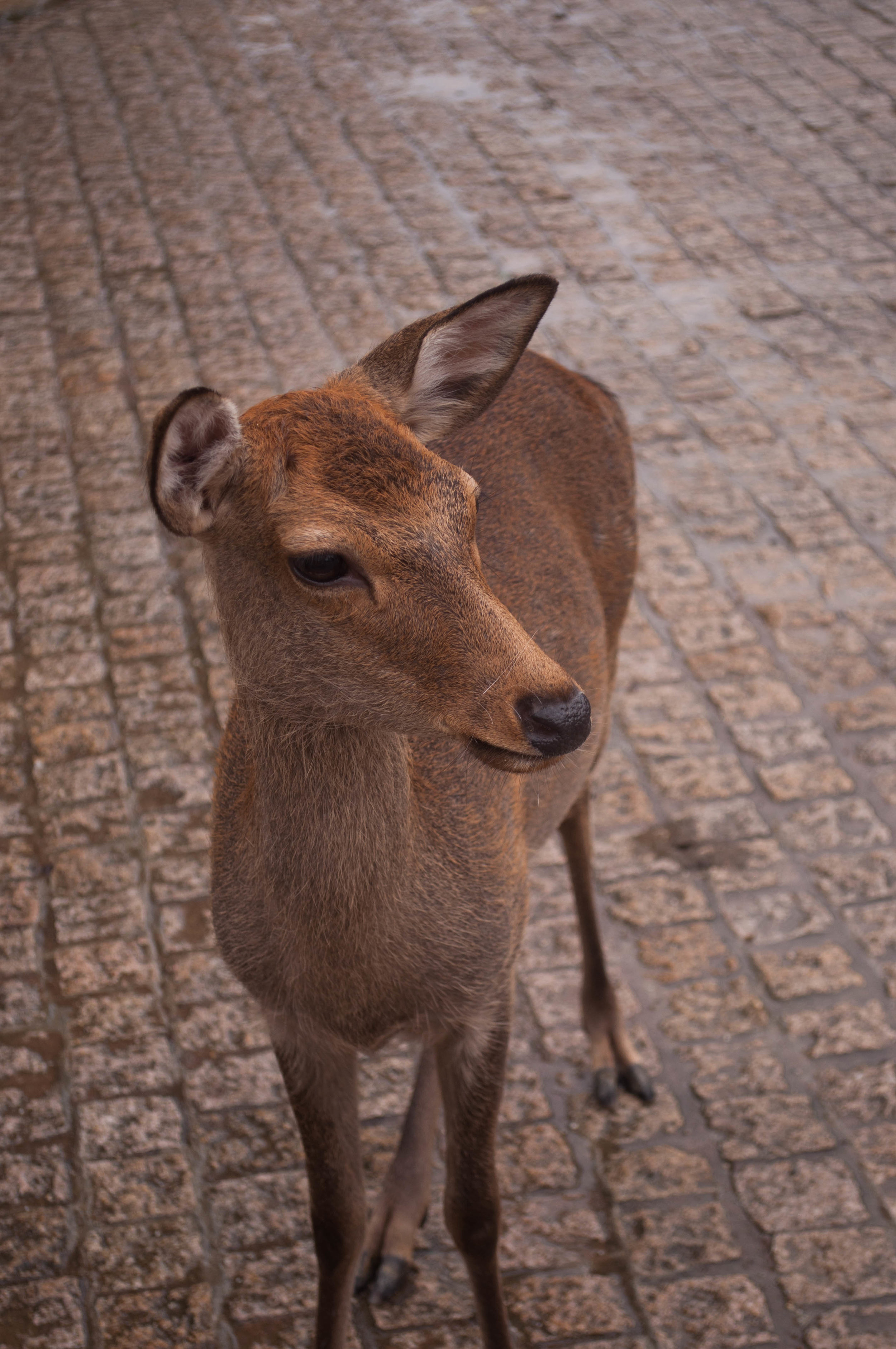
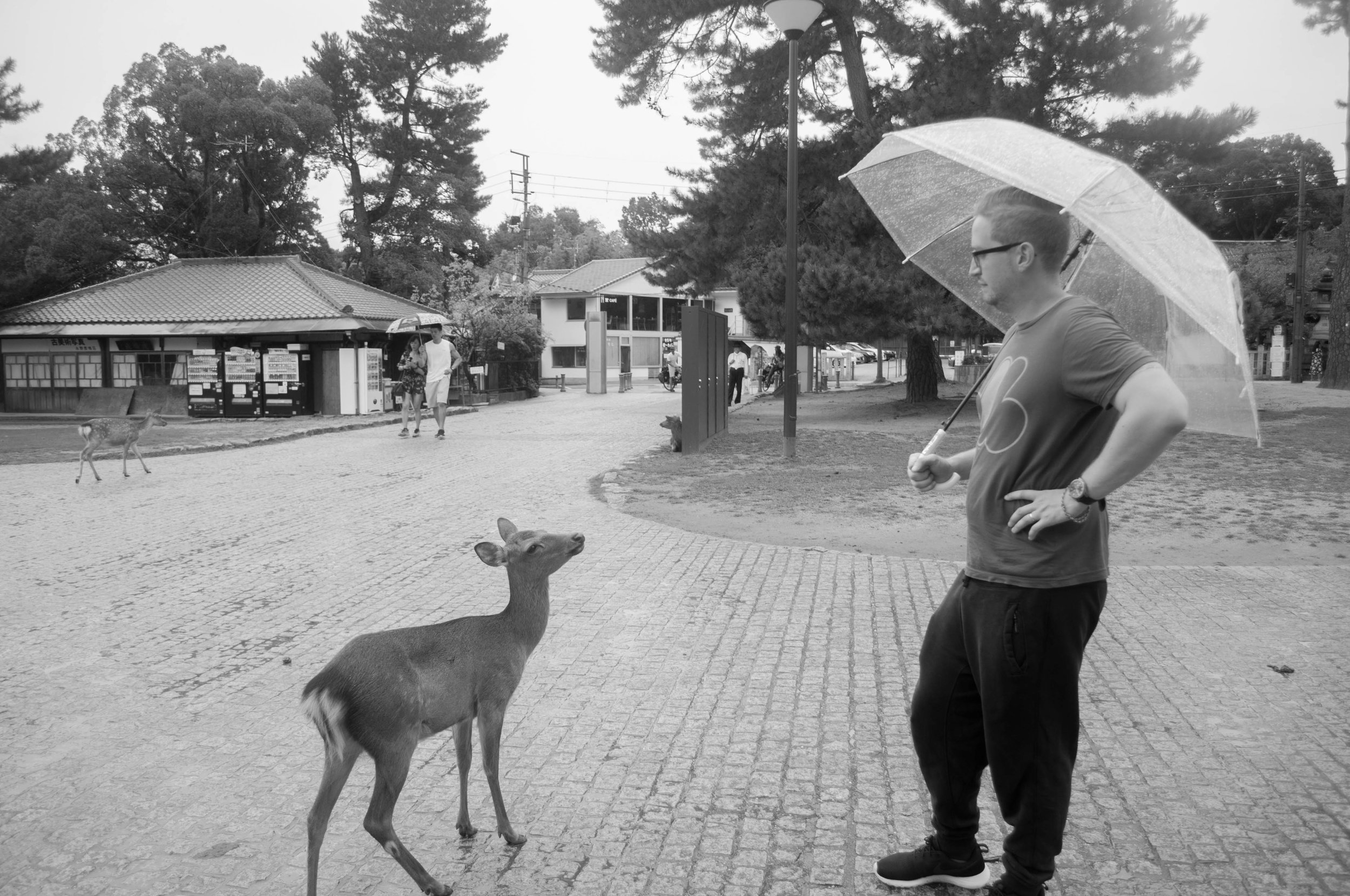













December is a magical month to travel, offering both festive holiday vibes and warm escapes. For winter lovers, snowy landscapes and Christmas markets bring cozy cheer. For those seeking sun, there are tropical beaches and vibrant cultures to explore. This guide highlights the best countries to visit in December, from snowy wonderlands to sunny retreats, each offering unforgettable experiences.